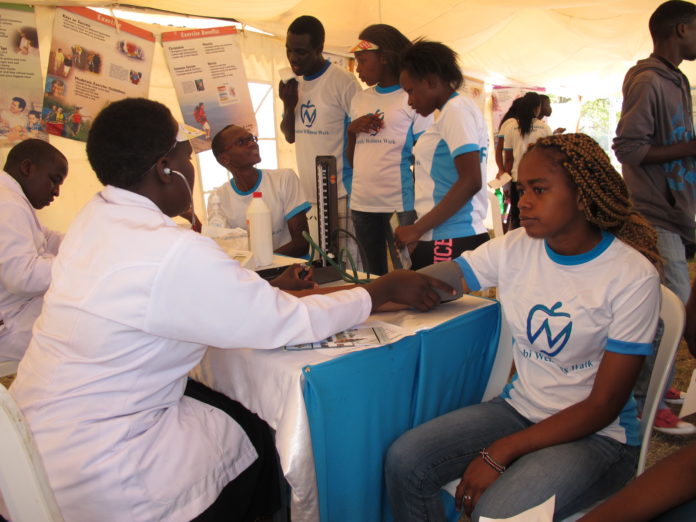|
Getting your Trinity Audio player ready...
|
By Mary Mwendwa
WHO and partners call for action to improve adolescent health
NAIROBI/GENEVA : Africa is shouldering the lion’s share of the number of young people who die every day from preventable causes, according to the World Health Organization (WHO).
In 2015, more than two-thirds—some 855 000 10 to 19-year-olds—died in low- and middle-income countries in Africa and South East Asia.
In a new report released recently, WHO and its partners identified lower respiratory infections, suicide and road traffic injuries as the biggest causes of death among adolescents worldwide, especially those in Sub-Saharan Africa.

The latest data show that more than 3000 adolescents die unnecessarily every day from largely preventable causes and that many key risk factors for future adult disease start or are consolidated in adolescence.
Nearly two-thirds of these deaths occurred in low- and middle-income countries in Africa (45%) and South-East Asia (26%). These regions have 19% and 30% of the world’s adolescent population, respectively.
But differences between regions are stark. For example, in low- and middle-income countries in Africa, communicable diseases such as HIV/AIDS, lower respiratory infections, meningitis and diarrheal diseases are bigger causes of death among adolescents than road injuries.
According to the report titled, Global Accelerated Action for the Health of Adolescents (AA-HA!): Guidance to Support Country Implementation, more than 3000 adolescents die every day globally, translating to 1.2 million deaths a year.
“Adolescents have been entirely absent from national health plans for decades,” says Dr. Flavia Bustreo, Assistant Director-General, WHO.
“Relatively small investments focused on adolescents now will not only result in healthy and empowered adults who thrive and contribute positively to their communities, but it will also result in healthier future generations, yielding enormous returns,” she adds.
In 2014, the WHO report Health for the World’s Adolescents showed that considerable gains from investments in maternal and child health programs are at risk of being lost without corresponding investments in adolescent health.
Adolescents are one sixth of the world’s population and account for 6% of the world’s global burden of disease and injury. In 2015, more than 1.2 million adolescents died.
In Africa, the youth make up the bulk of the population.
Adolescent mental health and well-being are often overlooked, the report said.
The study reveals stark differences in causes of death when separating the adolescent group by age (younger adolescents aged 10-14 years and older ones aged 15-19) and by sex. The report also includes the range of interventions—from seat-belt laws to comprehensive sexuality education—that countries can take to improve their health and well-being and dramatically cut unnecessary deaths.
Interventions to improve adolescent health
“Improving the way health systems serve adolescents is just one part of improving their health,” says Dr. Anthony Costello, Director, Maternal, Newborn, Child and Adolescent Health, WHO. “Parents, families and communities are extremely important, as they have the greatest potential to positively influence adolescent behavior and health.”
The AA-HA! Guidance recommends interventions across sectors, including comprehensive sexuality education in schools; higher age limits for alcohol consumption; mandating seat-belts and helmets through laws; reducing access to and misuse of firearms; reducing indoor air pollution through cleaner cooking fuels; and increasing access to safe water, sanitation, and hygiene. It also provides detailed explanations of how countries can deliver these interventions with adolescent health programs.
Top 5 causes of death for adolescents 10-19 years
|














